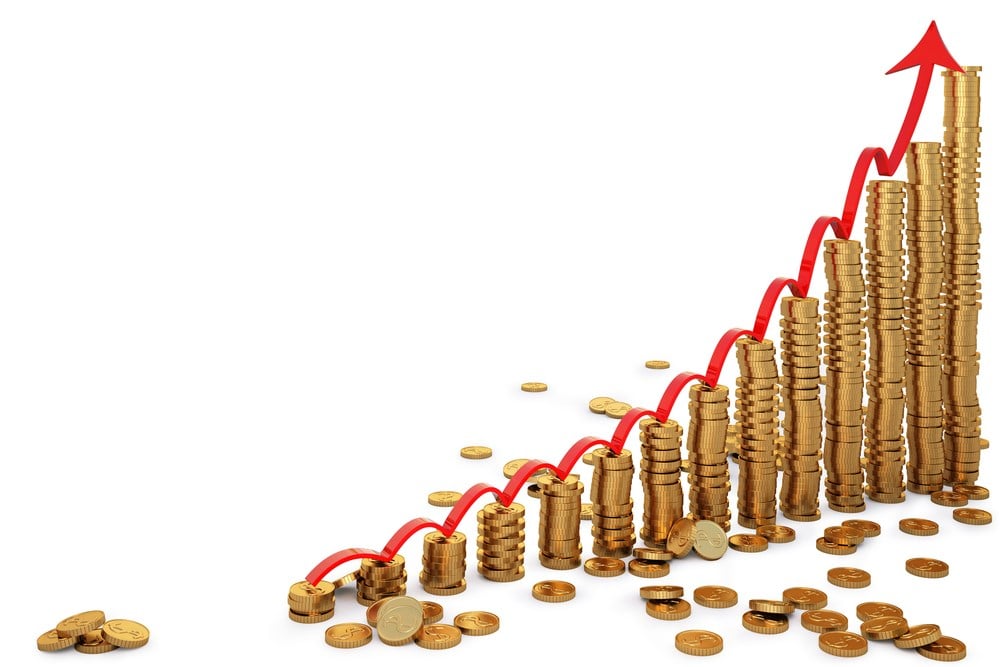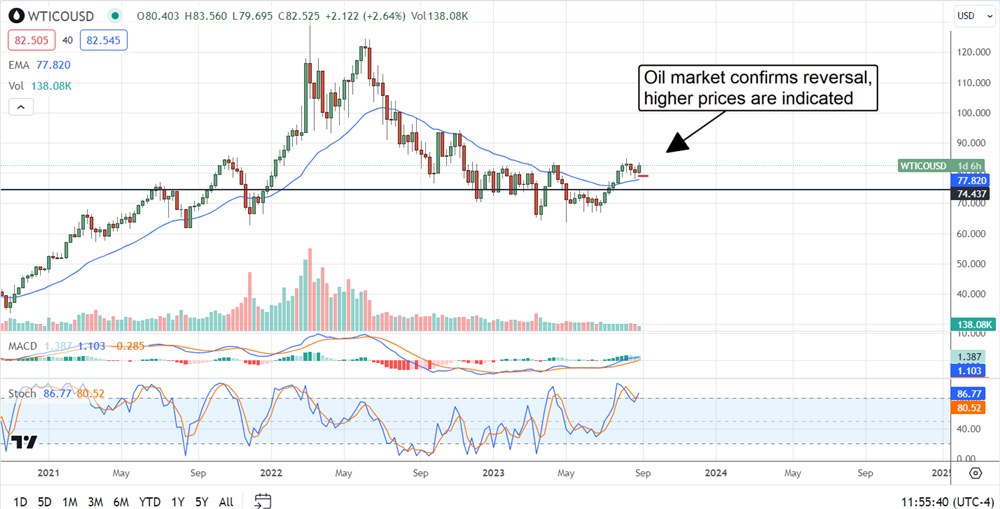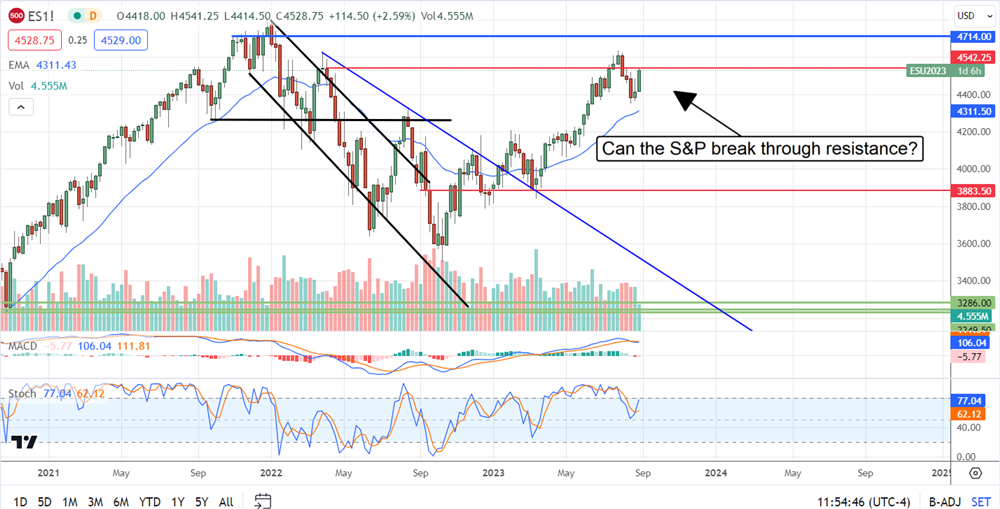3 Takeaways from the August Inflation Report The PCE price index was hotter than expected as inflation accelerates and suggests the FOMC will follow through on its threat to raise rates again.
This story originally appeared on MarketBeat

The market advanced following the August PCE price index report, but investors and traders should not discount the news. The PCE index remains cool relative to the peaks of the inflation scare, but there are signs that the cooling is over.
Inflation may accelerate again; the evidence could come as early as next month's data. The underpinning force for inflation is oil, and oil prices are rising.
1. PCE is Cool, but Prices Still High
Compared to last month, the PCE index was as expected and flat at 0.2% momentum (MOM) at the headline and core levels. This is good news because it aligns with slowing inflation, but that is where the good news ends. The year-over-year (YoY) comps were hot at the headline and core levels, showing accelerating inflation. On a component basis, all segments were higher than last year, except for rising energy and energy prices.
At 4.2% core, the FOMC should not ease back on rates, and there is a high likelihood it will raise rates again before the end of the year. Assuming inflation accelerates, there could still be two or more interest rate hikes, and there is reason to believe that inflation will continue to accelerate. Regardless, higher prices impact consumer spending.
Spending has shifted to everyday items and consumables from discretionary, as seen in reports from retailers like Walmart (NYSE: WMT), Target (NYSE: TGT) and Dollar General (NYSE: DG). Higher prices have also led to increased theft, significantly impacting corporate earnings.
2. As Oil Prices Rise, Inflation Will Accelerate
The primary reason is oil prices. Oil prices corrected over the last year on fears of slowing growth, but the floor is in. OPEC and Russia have conspired to keep production below the demand forecast, a lever for higher prices. Regarding the impact of energy on the PCE index, energy prices are down a mid-teen percentage point compared to last year, but this is the last month of "good" comps. The oil price will be more closely aligned with last year's levels next month, suggesting the downward pressure on consumer-level inflation has run its course.
The price of West Texas Intermediate (WTI) gained more than 3% for the week, aided by a larger-than-expected drawdown of U.S. inventories. Inventories fell more than 10 million barrels compared to the six million expected, compounded by a weaker-than-expected build in seasonal distillate stocks. Heating oil stockpiles rose less than expected, suggesting additional crude drawdowns over the coming weeks.

3. Mispricing the FOMC
The market is mispricing the FOMC, setting it up for a fall. The CME Fedwatch Tool still shows only a 50% chance for one more 25-basis point hike. Despite the Fed's insistence that inflation is still hot, there are risks to the economy — at least one more hike is likely. The tool also shows a significant probability that interest rates will peak in November, which is wishful thinking at best.
The Fed may reach its peak this fall, but a cut is highly unlikely without a sustained inflation downturn. It can't happen with oil prices rising. It is more likely the Fed will hold rates at or above the current level well into next year. That raises the specter of recession once again. The next FOMC meeting is in less than three weeks; there will be one more consumer-level inflation report before then.
The Technical Outlook for the S&P 500
The S&P 500 (NYSEARCA: SPY) advanced on the news, but the upside may be limited — the daily candles get smaller throughout the week, and resistance is at the 4,540 level. That level marks the bottom of a resistance zone, including the all-time high and capped gains over the summer.
If the market cannot get above this level, a double-top will be in play that could be confirmed upon the CPI data or the next FOMC policy statement. In that scenario, the S&P 500 could fall 5% or more before hitting its first bounce and 10% or more before the movement ends.










